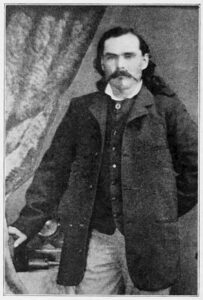As we approach the November elections, it’s crucial to understand the stark differences between two distinct models of governance: government-centric and limited government. These models shape the policies we see today and define the future freedoms and opportunities for our children and grandchildren.
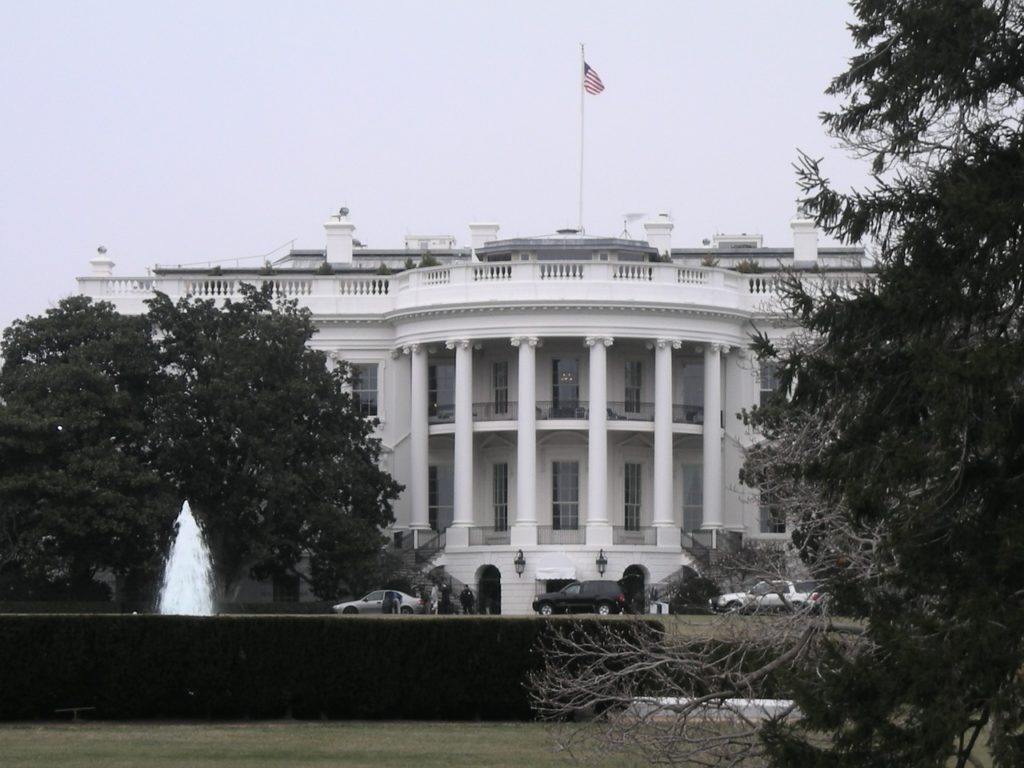
Understanding the Two Models
Government-Centric Model
The government-centric model views the government as the primary solution to societal issues. It grants the government the authority to make decisions and act in what it perceives as the people’s best interest. Programs like government-controlled healthcare, free college education, and various other government-funded initiatives are products of this approach.
However, these benefits come with strings attached. The current political climate often ties government funding to compliance with specific social policies. For instance, educational institutions may lose federal funding if they do not align with certain social agendas, such as those related to gender identity or climate change.
Limited Government Model
In contrast, the limited government model historically defined by the United States emphasizes individual empowerment and minimal government interference. The Constitution safeguards the government from encroaching on private life and ensuring basic fairness and equal opportunities for all. The government’s role is primarily to provide general laws and guidelines that protect safety and fairness while allowing individuals the freedom to pursue their own paths.
This model limits the government’s power, ensuring that it does not overreach and that people can make their own decisions without excessive government control.
Real-World Examples: Harris and Walz vs. Trump
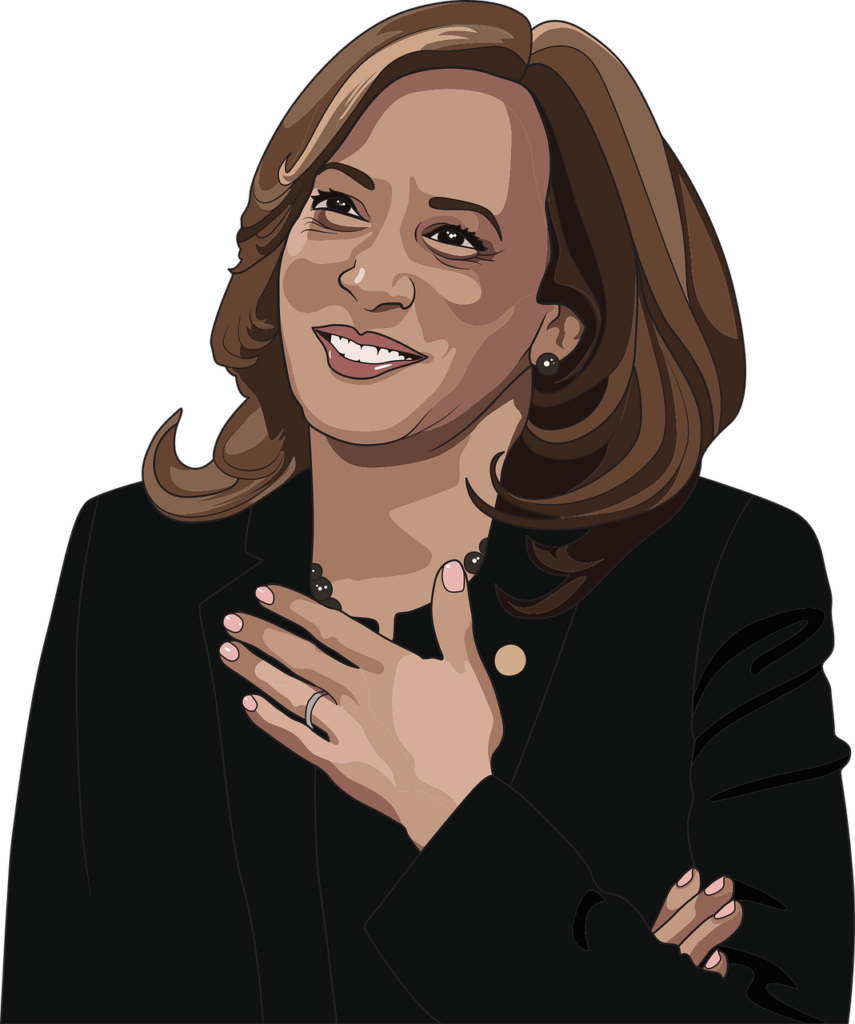
Kamala Harris and Tim Walz: Advocates of the Government-Centric Model
As both a Senator and Vice President, Kamala Harris has consistently supported policies aligned with the government-centric model. For instance:
- Affordable Care Act (ACA): Harris has strongly advocated for the ACA, which expands government control over healthcare. She has also supported proposals for Medicare for All, effectively placing the U.S. healthcare system under government control.
- Climate Action Now Act: Harris co-sponsored this legislation, which aimed to prevent the U.S. withdrawal from the Paris Agreement, a global climate pact that involves significant government intervention in environmental regulations.
- Education Funding Tied to Social Policies: Harris has supported initiatives that tie federal education funding to adopting policies regarding gender identity and sexual orientation in schools.
Tim Walz, as the Governor of Minnesota, has also pushed for government-centric policies:
- Education Policy: Walz has promoted legislation that ties school funding to compliance with specific social policies, such as those regarding LGBTQ+ inclusivity in school curriculums.
- Healthcare: Walz has supported expanding government-funded healthcare in Minnesota, advocating for policies that increase government control over the healthcare system.
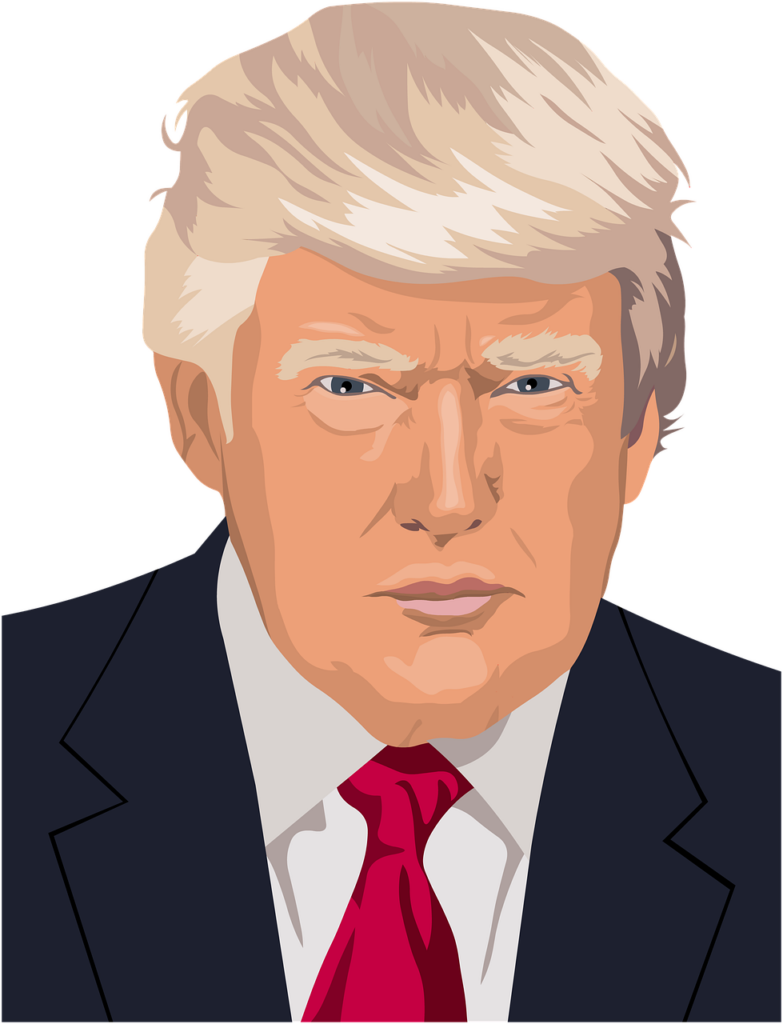
Donald Trump: Advocate of the Limited Government Model
Donald Trump’s presidency was marked by efforts to reduce government intervention and empower individuals:
- Tax Cuts and Jobs Act (2017): This legislation reduced tax rates for individuals and businesses, allowing Americans to retain more of their income and reducing the government’s role in redistributing wealth.
- Deregulation: Trump made significant strides in reducing government regulations across various sectors, including environmental regulations and business restrictions, giving businesses more freedom to operate.
- Judicial Appointments: Trump appointed judges who prioritize constitutional limits on government power, helping to preserve individual freedoms and prevent government overreach.
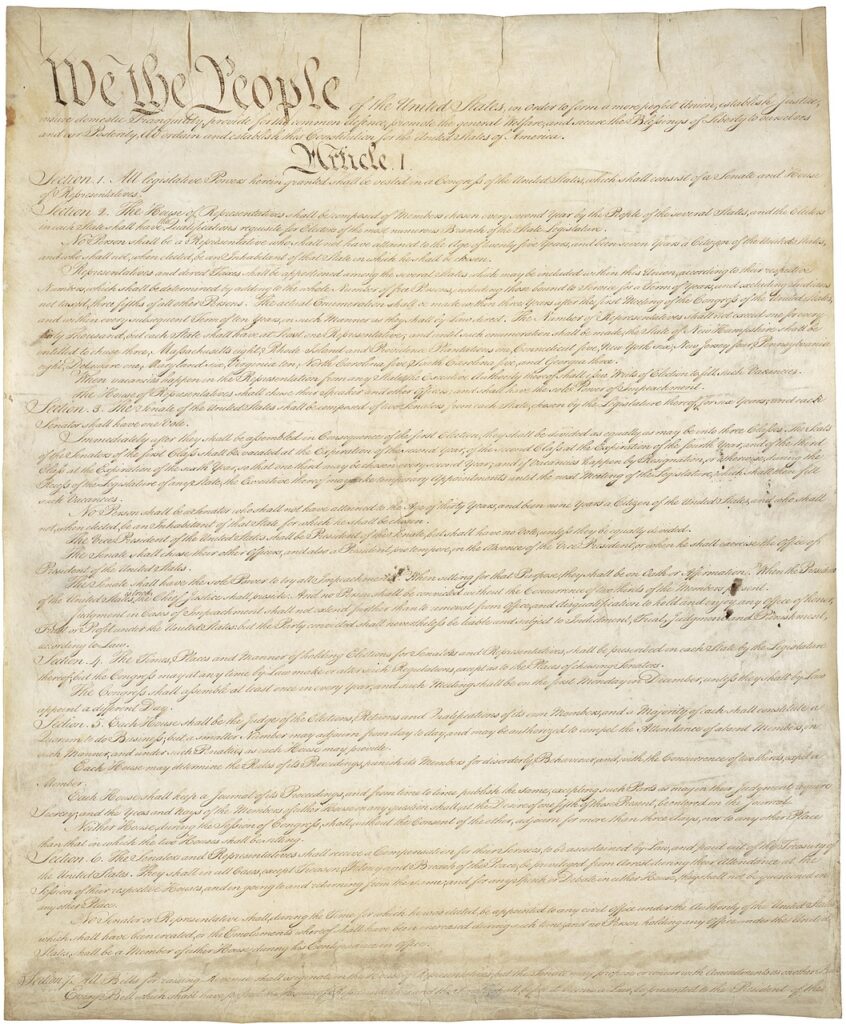
The Importance of Your Vote
This November, the choice is clear. You will be voting between two vastly different models of governance. On one side, Harris and Walz represent a government-centric approach, advocating for increased government control in various aspects of life. On the other side, Donald Trump supports the limited government model, focusing on individual freedoms and a restrained government.
The freedom and opportunities available to future generations depend on this choice. Ensure that your vote reflects the values and future you wish to see for your children and grandchildren.
Citations:
Harris’s support for the Affordable Care Act and Medicare for All:
- http://www.harris.senate.gov/legislation/affordable-care-act
- http://www.harris.senate.gov/legislation/medicare-for-all
Harris’s co-sponsorship of the Climate Action Now Act:
Walz’s education policies tied to social agendas:
Walz’s Healthcare Expansion Efforts in Minnesota:
Trump’s Tax Cuts and Jobs Act:
Trump’s deregulation efforts:
Trump’s judicial appointments:



